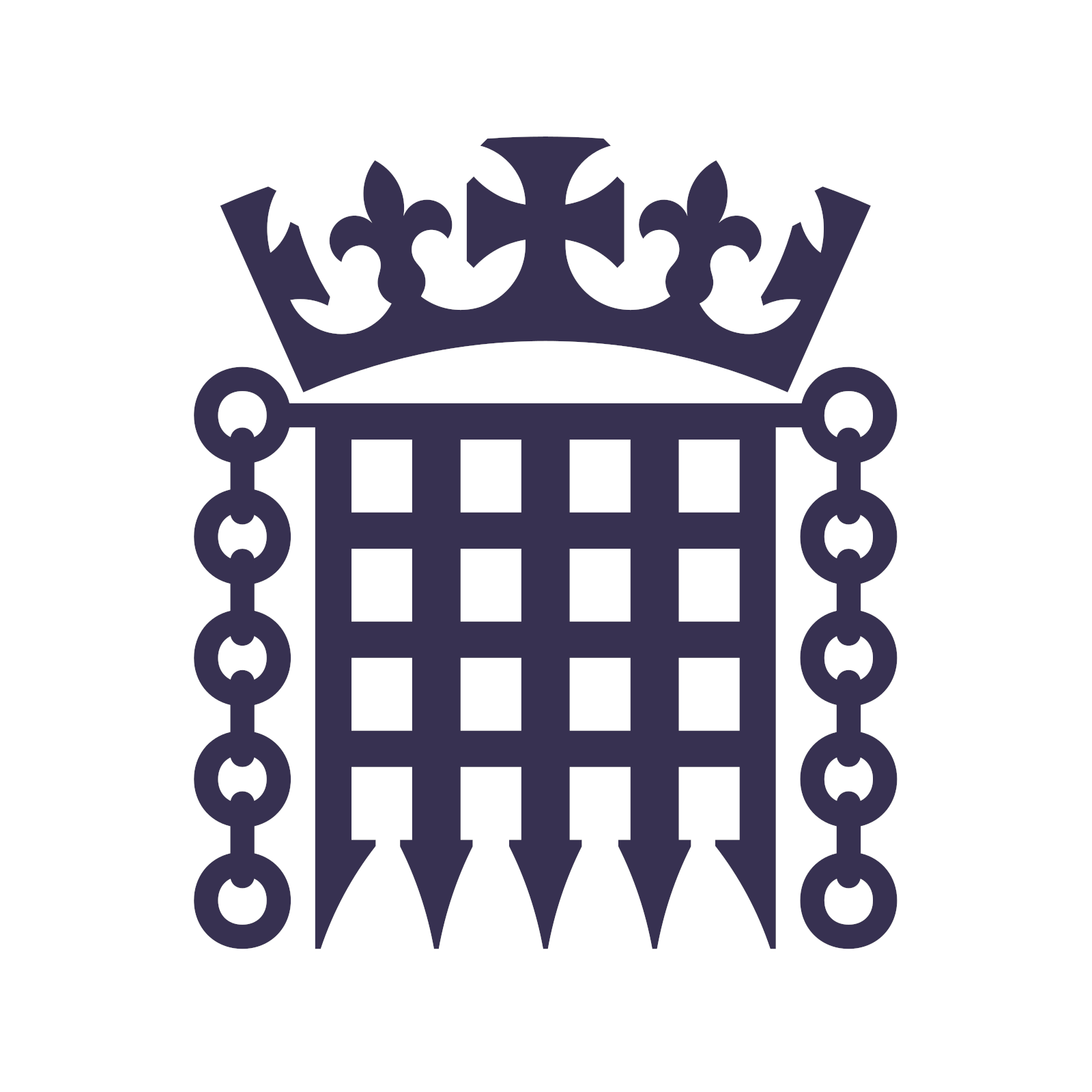

My comment could also be read as rationale supporting a version of that character based on serious horror…
But yes, they’re a joke to me. And yes I’d love to see him as a tribble monster


My comment could also be read as rationale supporting a version of that character based on serious horror…
But yes, they’re a joke to me. And yes I’d love to see him as a tribble monster


Dude has a lot of range…
His new horror movie was really good, and he was legitimately scary.
Into the Badlands was still in his main lane but he did an amazing job in that as well. He’s funny, but he doesn’t have to be comic relief.


I took some high level statistical analysis courses, randomly taught by an amazing statiscian who worked with a lot of high level researchers.
He always said if you want to get published, go into stats because no one wants to do it and it applies to fucking everything.
He also said that if you start out looking for something, it’s incredibly easy to build numbers around it and “prove” it even without intending to.
That’s my main concern with AI. Tell it to find a correlation and it will find a correlation. But it’s going to ignore that’s it’s bullshit. It can’t be objective and still look for something.
We probably won’t have AI at a level high enough for that till quantum computing really takes off. Decades more possibly.
And I think all the people in AI know it, everyone is just bald face lying to drive investor hype, but it’ll never materialize. The biggest companies are burning billions a year and using insane energy levels to keep the charade going that AI even at its current level is accessible for free.


The people who had always been single (never married) had the lowest risk of all, though the difference between them and the other unmarried groups was not statistically significant.
Selection bias…
A frightening amount of people get married because they’re worried about having someone to take care of them at an elderly age. Even if their goal is recipical, for a lot of people that’s a big driver for marriage.
People who are more self sufficient and with a strong family health history doesn’t have that drive.
Couple that with not being able to “offload” tasks to a spouse and you end up with single people staying active mentally which is one of the biggest negative correlations to Alzheimer’s.


What you feed grows.
Different microbes like stuff like beans or vegetables more than red meat and sugar
It’s why people that eat healthy get the shits from one fast food meal, but someone who eats that daily is fine. And while fast food guy can’t stop farting after eating beans, but a vegan is back to baseline farting.


Genuine question:
Why do you keep making accounts?
I’ve blocked you like 4 times now…


Does it?
I always liked the idea that Starfleet is the “relief valve” for humanity. It takes the people desperate for adventure, who wouldn’t be complacent even in a post scarcity world, and fling them as far away from Earth as humanely possible so they don’t change the government.
Which, even if Earth is a Utopia, it shows that on a deep institutional level the one world government has no issues with manipulating their citizens and makes me question how much of Earth is really a post scarcity Utopia in the first place.
As many shows Trek has, they just don’t really touch on what life is like back on Earth except rich officers come from giant farms/plantations that still have a bunch of field hands… Which doesn’t really jive with the story we’re told.
Id love to see something about what Earth is really like for people.
Like, what the Expanse did where they go back to Earth and I think everyone had “enough” but that included a large group of homeless drug addicts that lived in squalor somehow.


If you’re under 16 you’re not a soldier…
You’re a child slave forced into war.
Same way a kid under 16 can’t be a prostitute for a pimp, they’re a victim of child trafficking.


Temperature too, heat can bend light.
But what’s more important is atmosphere and just amount of light.


Scaring is healing…
So while I was gonna say “no”, I googled to see if organ scarring was different and it is
Just not in a good news type of way. Apparently the scar will keep spreading, which is healing. But it’s maladaptive like cancer and may have continued to replace healthy tissue with scar tissue in an attempt to heal.
This is definitely something you ask your doctor about


For you, yeah.
For most people even, sure.
But not everyone, there’s an absolute shit ton of natural human variation on top of conditions/diseases that effect that.
Like, some people react to a normal diet by their body drastically cutting energy expenditure to try and maintain fat reserves.
Billions of years of evolution says carrying around as much fat as possible is the optimal choice, and different people have different traits to maintain those energy reserves which used to be the most important part of physical fitness.
Like, of any possible addiction, an addiction to a high calorie diet should make the most sense to people.


For a lot of people
What about that phrase made you interpret it as “everyone”?
In fact, I lost weight when I moved out and had very little money
This makes it sound like your young and still had the metabolism of a teenager… Losing that is what makes most people gain weight. While some people can be overweight with it, it’s still literally the easiest time in your life to lose weight.
It would have been much harder if you were fully grown.


their belief that they can’t lose weight.
For a lot of people it’s a poverty and lack of healthcare thing…
Even just annual checkups are a huge help because weight is being tracked and someone gets early and continuous warnings their health is being impacted.
They have as much control as someone trying to lift themselves up by their bootstraps.
If they can’t escape poverty and gain access to healthcare… They’re less likely to maintain a healthy weight.


I searched:
effects of social media on developing minds
And this was the first result on duckduckgo
https://www.apa.org/news/apa/2022/social-media-children-teens
It’ll be easier to read than straight studies, but it cites a couple you could read if the article doesn’t give enough info


You’d look for studies about the effects of that stuff on developing minds. And then studies that show the efficacy of age verification on keeping underaged people out…
Are you saying you tried to find both of those and came up empty handed?
Or did you not try that and are just asking for someone to provide studies for you?


Oh yeah. I wasn’t trying to complain.
The line between is just a little blurry and the sub rules don’t clarify on the sidebar, so when I saw the post I figured I’d ask.
Thanks for clarifying, I’ve been hesitant to post to either because I wasn’t sure where the line was.


Are music videos where the song talks about political issues really cool for that community?
I got one bounced from /videos and they told me to post it there, and y’all let it stay up.
It didn’t seem like a good fit, or get a single upvote, but just curious how political the divide is between the two communities.
Edit:
Talib Kweli - We Outside


You should try reading more than just headlines…
Because people who only read headlines, are the ones to blame for these clickbait headlines even on genuine scientific articles.
In all likelihood the author had nothing to do with the headline, and the only reason the headline is there is so the article gets shared by people who won’t click talking about how dumb it is.
And then the few who actually read articles correct them.
More comments mean the post gets seen more, and people talking about how the article isn’t as bad as the headline gets more to click on it.
You’re the reason they have to use shit headlines, and they’re exploiting your behavior to compensate for it.
It’s honestly genius, but my guess is you’re going to get mad they’re able to predict people like you so well.


Article takes it further.
It’s not egg before chicken
It’s egg before multicellular life.
Which is groundbreaking and is pretty shocking.
This just seems like another example of a great scientific article, that just had a random clickbait headline thrown on it by the editor or maybe some intern to generate clicks.
These bubbles likely popped up and fizzled out a couple of times before overall conditions spread. Once they did it would have almost been like Star Wars, previously isolated “planets” with their own evolutionary past and possibly drastically different lengths of evolution before mixing.
Squids might be so weird because they were from a different pocket than everything else, it would explain why their DNA is so “alien”.